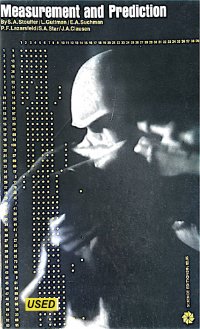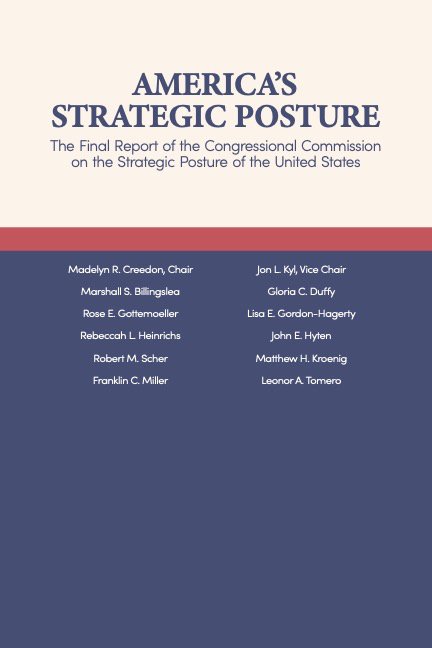BY SAMUEL STOUFFER, LOUIS GUTTMAN, EDWARD SUCHMAN, PAUL LAZARSFELD, SHIRLEY STAR, and JOHN CLAUSEN
"The American Soldier Vol. 4: Measurement and Prediction" delves into the intricate world of military assessment and forecasting, offering readers a comprehensive look at the tools and techniques used to evaluate soldier performance and anticipate future outcomes. This volume provides valuable insights into the evolving landscape of warfare, where data-driven decisions play a crucial role in shaping strategies and outcomes. From advanced measurement technologies to predictive analytics, this book equips readers with the knowledge needed to understand and navigate the complexities of modern military operations. A must-read for anyone interested in the intersection of technology, strategy, and warfare."
PRINCETON, NJ. PRINCETON UNIVERSITY PRESS. 1950. 772p.















